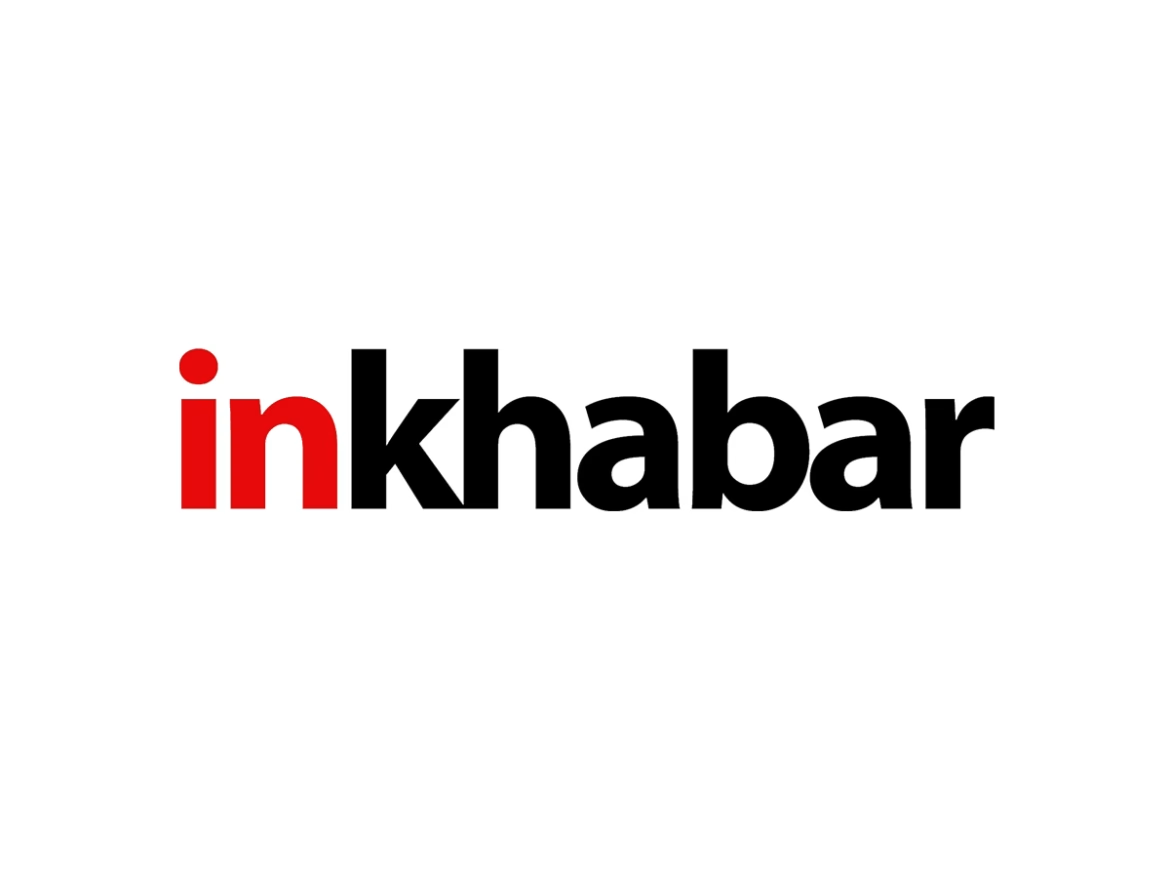By Naomi Rovnick and Wayne Cole SYDNEY (Reuters) -World stock markets rose on Monday, as traders placed bets on Japanese stimulus and cheered data suggesting China's economy was withstanding a U.S. trade war. Japan's Nikkei jumped 2.8% to a record peak on news the Liberal Democratic Party and the Japan Innovation Party have agreed to form a coalition government, setting the stage for Sanae Takaichi, who is viewed as pro-stimulus, to become prime minister. Europe's Stoxx 600 share index bounced 0.7% higher in early trade and Wall Street stock futures implied the blue chip S&P 500 shared index would open about 0.4% higher and the tech-heavy Nasdaq 100 would add 0.5%. It was a sign that markets were setting aside renewed jitters about U.S. regional banks for now. CHINESE ECONOMY BEATS FORECASTS Data earlier in the session showed China's economy grew 1.1% in the third quarter, to top forecasts, while industrial output also beat with a rise of 6.5%, helping to allay fears about world growth as Beijing and Washington haggle over trade. Investors were also keeping faith with high-flying artificial intelligence stocks as the Wall Street earnings season gathers momentum, with much riding on the AI titans' continuing to show blockbuster profit growth. "I wouldn't say it's early innings for big tech but I think there's still enough scope for healthy returns," said Arbuthnot Latham global investment strategy director Jason da Silva, adding he was not selling out of the AI theme yet. HIGH EXPECTATIONS FOR EARNINGS According to LSEG IBES data, analysts have forecast 8.8% year-on-year growth for S&P 500 companies overall for this quarter. BofA analyst Savita Subramanian expects 11% growth for tech earnings and chipmaker Nvidia alone to drive a quarter of the aggregate uplift in earnings per share, although the stock has drifted lower this month as cautious investors cut some exposure. "Nvidia is a great company, we have it, we're investing in it, there's no question that it's not the number one stock in the world," Carmignac investment committee member Kevin Thozet said. He cautioned that there were signs of froth in other AI stocks that were loss-making or valued at extremely high multiples of expected earnings, but said it was too early to exit the AI trade. Earnings reports in upcoming days that could also influence market sentiment include those from Tesla and Netflix, while consumer groups Procter & Gamble and Coca-Cola might provide a snapshot of how the U.S economy is coping with tariffs so far. RATE CUT BETS STRONG Signs of a weakening U.S. labour market have kept traders anticipating more rate cuts from the U.S. Federal Reserve, despite economists forecasting inflation will stick stubbornly above the central bank's average 2% target. Figures due on Friday are expected to show core U.S. price growth held at 3.1% in September but, with Fed Chair Jay Powell not pushing back against market bets, futures are fully pricing a quarter-point cut this month and another in December, with U.S. rates declining to 3% next year. That theme continued supporting U.S. Treasuries on Monday, despite the continuing government shutdown in Washington that the White House has said would cost the economy about $15 billion a week. The 10-year Treasury yield, which sets the tone for global corporate and household debt costs, fell by almost 4 basis points last week and was trading at about 4.02%. The Fed cut theme has also helped to further depress the U.S. dollar against European and higher-yielding currencies, with the euro edging up to $1.1662 on Monday after withstanding pressure from last week's surprise credit downgrade of France by ratings agency Standard & Poor's. The greenback at least held its own against the Japanese yen on Monday, as traders reduced the likely odds of a Bank of Japan rate hike this month to just over 20% and viewed the central bank as likely to support government stimulus efforts over battling inflation. In commodities, safe-haven gold remained about the only major asset signalling any uncertainty about world growth or geopolitics, holding at about $4,266% an ounce after climbing 6% last week. Amundi Investment Institute head of cross-asset strategy Lorenzo Portelli said he was eyeing a $5,000 per ounce target for gold as central banks kept adding to reserves and the dollar's supremacy faded. Oil was weighed down on Monday by OPEC+ supply plans and international benchmark Brent crude eased 0.4% to $61.02 a barrel. (Reporting by Naomi Rovnick in London and Wayne Cole in Sydney; Editing by Kim Coghill and Alex Richardson)
(The article has been published through a syndicated feed. Except for the headline, the content has been published verbatim. Liability lies with original publisher.)





